10 common tiling mistakes that can be costly – and how to avoid them
Don't make these common mistakes when buying, laying and finishing tiling any room
Choosing tiles is one of the most exciting tasks of any bathrooms or kitchen DIY and decorating project. But don't let the sense of excitement lead you to lose focus and make one of the many commonly made tiling mistakes. Floor and wall coverings can make or break a room and getting it wrong can be a costly mistake to have to correct.
To help with tile decision making, we’ve called on expert Hamish Smith, Creative Director of Ca’ Pietra who reveals the most common tiling mistakes many make – advising on how best to avoid them.
Are you ready to get your DIY on this bank holiday weekend? We’re celebrating all things DIY with Ideal Home’s Let’s DIY This weekender, sponsored by Saint-Gobain Weber. You’ll find everything you need to know to turn your dream DIY projects into a reality, including inspiring ideas, how to project advice and loads of expert tips. Happy DIYing!
Common tiling mistakes to avoid
1. Not ordering a sample first
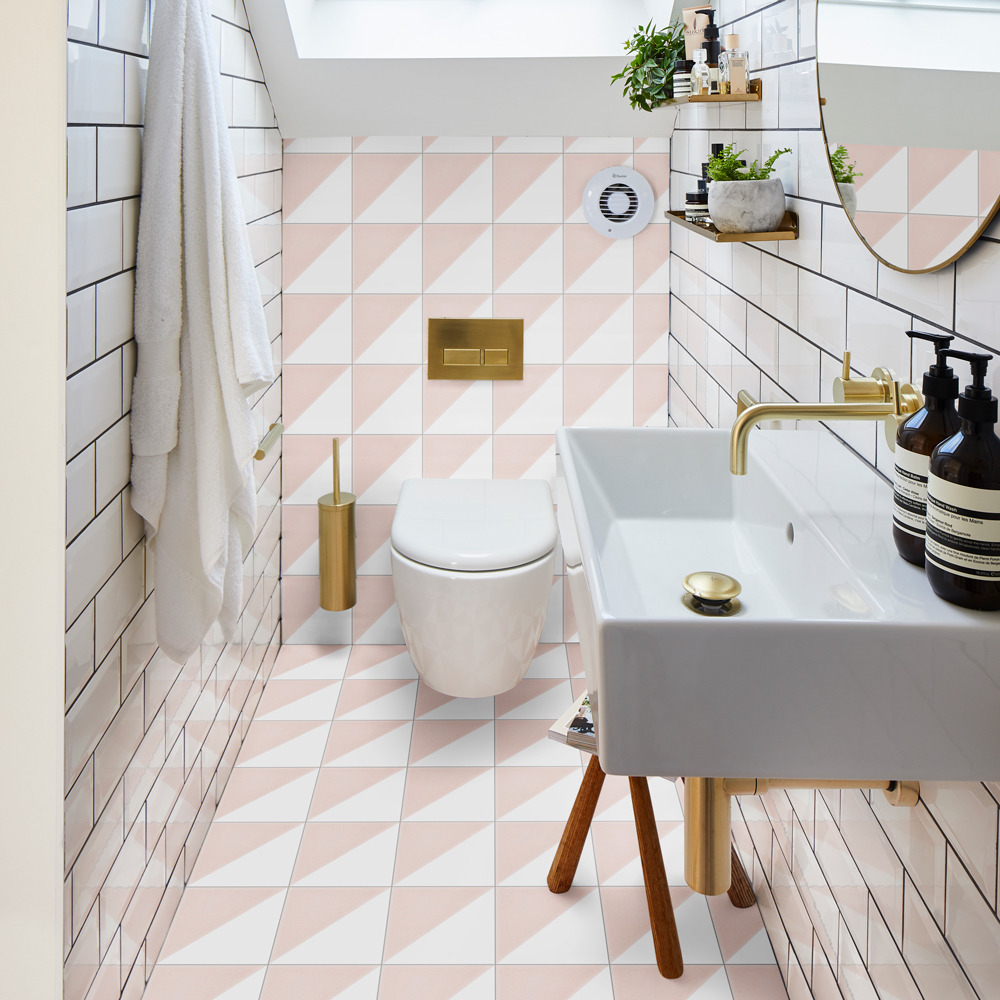
A common issue that means running into problems further down the line is homeowners not ordering a samples first. 'Ordering either a swatch sample, a small cut of the full tile or a full tile sample (the best for helping you envisage how it will look in your home), will help you to see the true colour, texture and finish on a tile' says Hamish.
2. Miscalculating how many tiles you'll need
Is there anything more frustrating than getting to the end of a bathroom or kitchen makeover and realising you’re a few tiles short of completing the job! 'A common and sometimes costly mistake when buying tiles is not taking into consideration wastage and breakages,' explains Hamish. 'Which is why we recommend ordering an extra 10 per cent to cover this. A small cost for ensuring you have the right amount of tiles to complete your project.'
It is worth noting that different batches of tiles can vary in colour too, making it all the more important to get it right from the get-go, to avoid any mis-matched shades in your design.
Top tip: 'When it comes to laying tiles in a herringbone formation, we recommend ordering an extra 15 per cent to allow for all of those fiddly cuts that need to be made.'
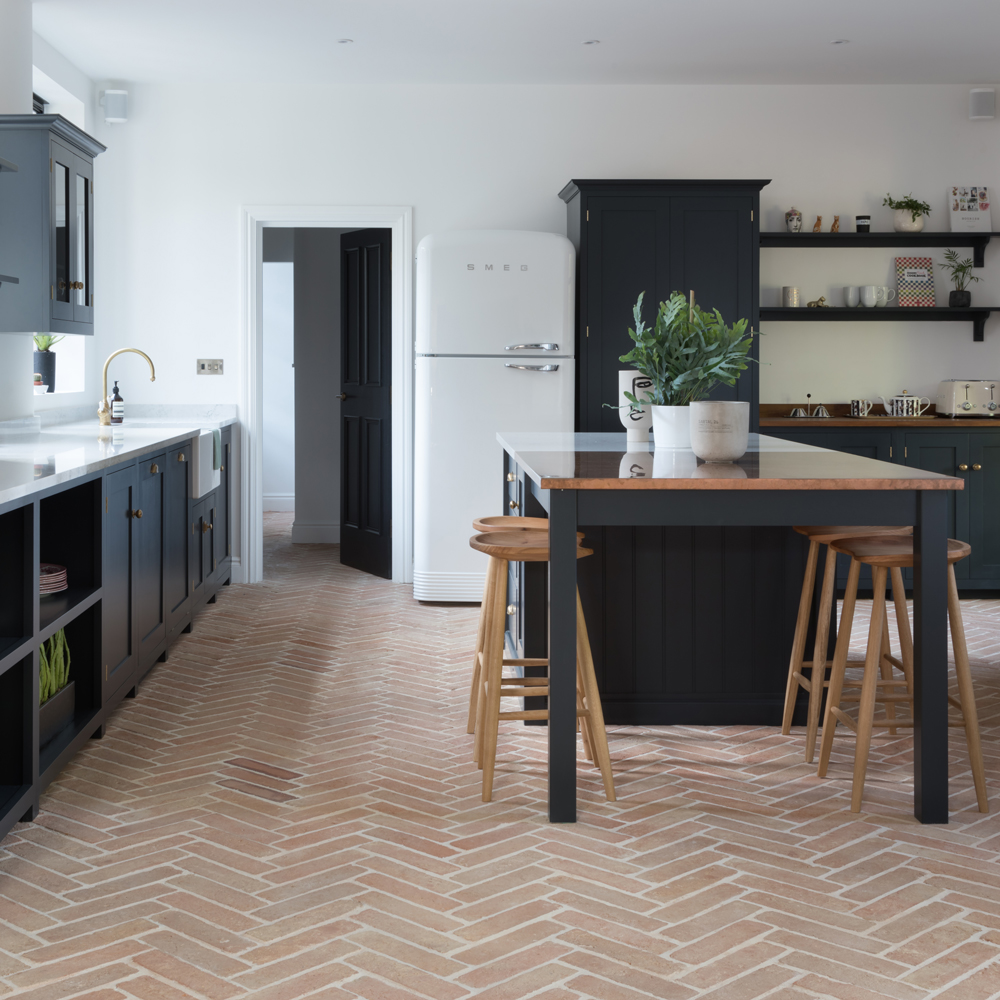
3. Buying the wrong size
Tiles come in all manner of different sizes, from 7.5 x 15cm metro bricks to large format 60 x 120cm tiles. While the varied choice is great picking the wrong size can mean the difference between the success or failure of your DIY project.
'The main thing to consider is how the tile will look in the room' says Hamish. 'A larger room will generally be able to accommodate large format tiles better than a small room, like a cloakroom.'
'Smaller rooms, like bathrooms may benefit from smaller mosaic style tiles better than an open plan kitchen-diner for example.'
'Another thing to consider is grout lines as these will make an impact on the final result. The smaller the tile, the more grout lines and this can make the space look busy.'
4. Picking price over quality
Remember the saying “buy cheap, buy twice”. 'Purchasing a lower cost but inferior product may save you money initially, however it will inevitably need replacing much quicker than those of better quality' Hamish warns.
5. Not planning the layout
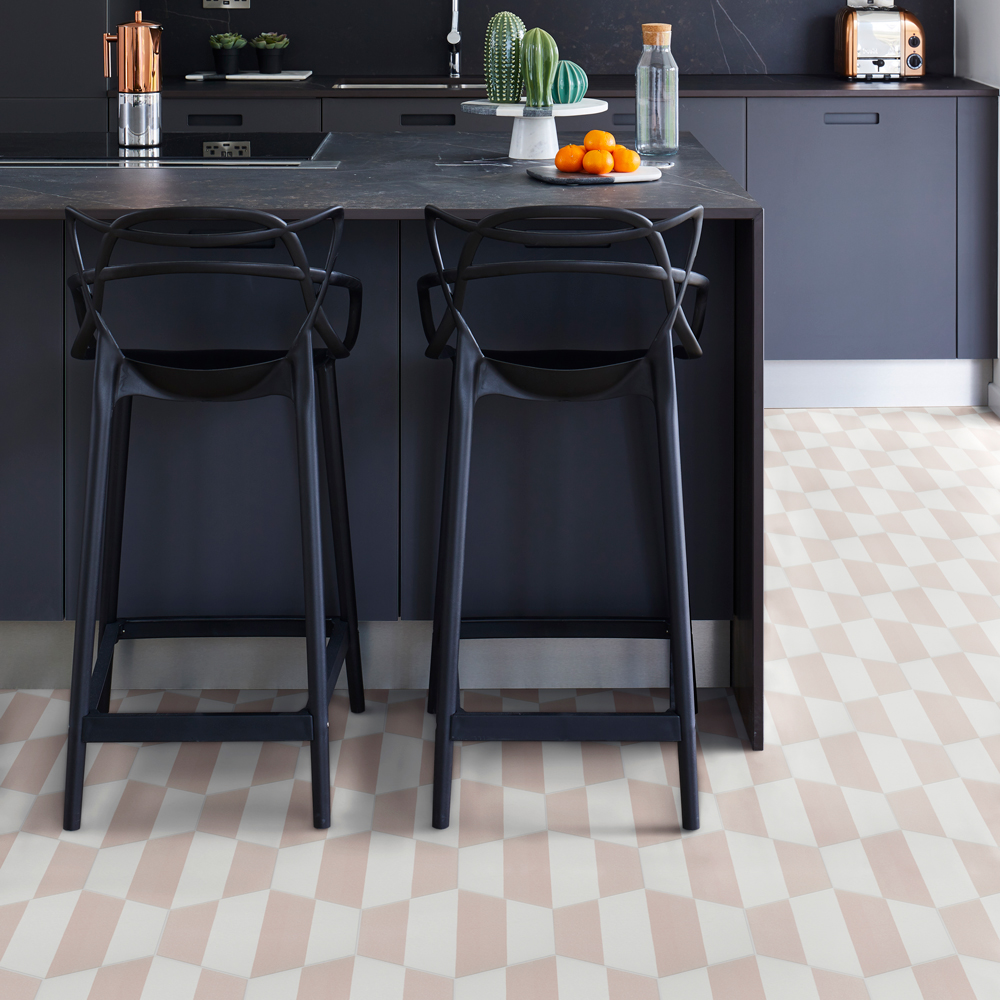
'Ahead of fitting the tiles, it’s important to consider layout and how you would like them to appear,' Hamish advises. He suggests making a rough sketch beforehand.
'Not only will this help you determine how many tile cuts are needed, in turn helping you order the correct amount, it will also help to confirm that you have the right size tiles for the space.'
6. Choosing the wrong tile for the job
Where you are adding tiles will influence the type of tile required. 'Is the tile going to be used externally or internally?' asks Hamish. 'If externally, is the material weatherproof and slip resistant?
If internally, is the tile suitable for heavy foot traffic, can it be used with underfloor heating? Does it need sealing regularly or is it light enough to be used as a wall covering?'
You might fall in love with a design but the tile finish might not be suitable for your needs. It's important to check your chosen tile will work in the intended space. The last thing you want are cracked tiles or stone that is slippery when laid in an unsuitable area.
7. Not hiring a professional
While you can tackle DIY tiling – our how to tile a wall guide shows you how – installing tiles is a specialist job. 'The skill and experience required for this should not be underestimated, and that’s why one of the costliest mistakes you can make is to use an inexperienced tiler. When choosing the right tiler for your project, consider someone who is experienced in the particular material you have chosen.'
'While porcelain and ceramic tiles are most commonly used, large format, encaustic, glass and natural stone tiles can come with their own set of challenges during fitting' Hamish warns.
Top tip: 'Don't book a tiler until you’ve received your goods, to ensure you don’t have a tiler sat waiting for nothing to do, whilst still invoicing you for their time.'
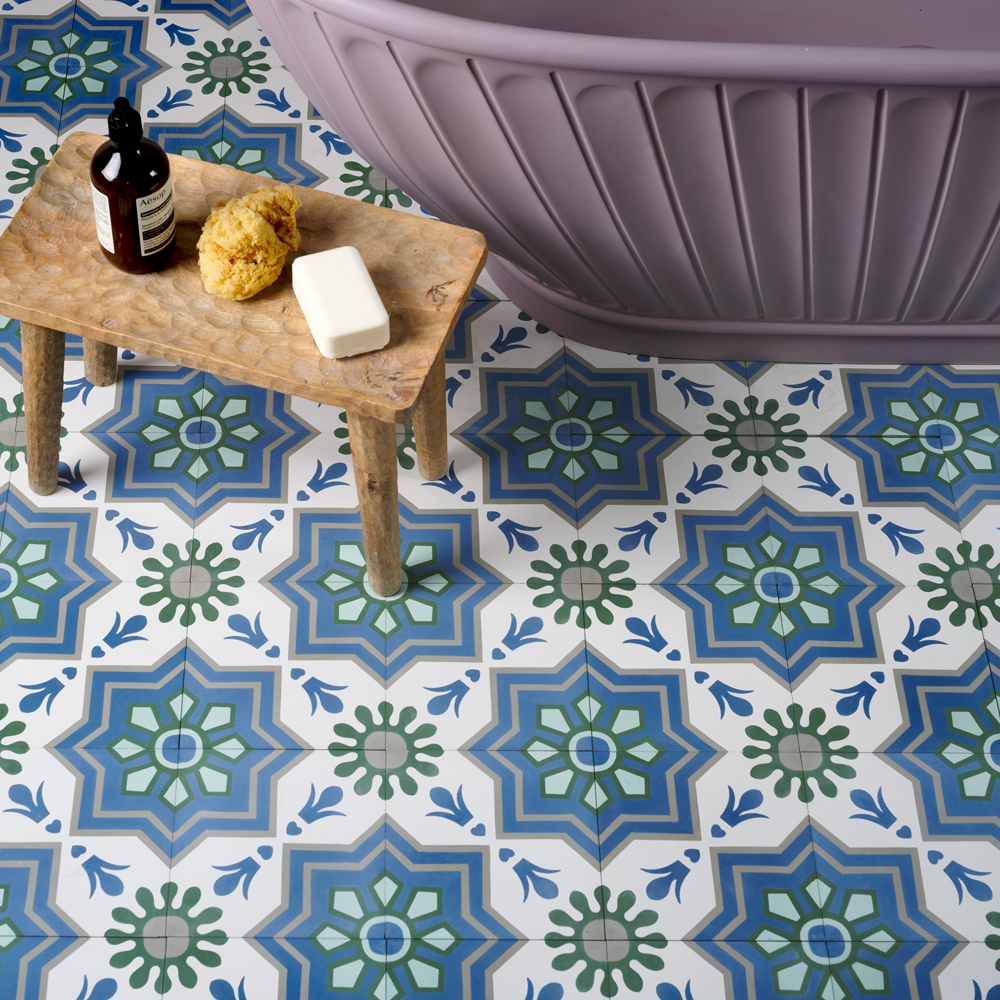
8. Not factoring in delivery
'Once you’ve decided the right tiles for the space and the right amount needed, it’s worth considering delivery time and how the tiles will be delivered. If ordering a large amount, they will likely arrive on a pallet. If a large hard surface driveway is not available, that means they'll be delivered to the curbside.'
Check on delivery that you have the full amount tiles and all are in good condition.
9. Failing to seal tiles sufficiently
Don’t allow your efforts in finding the right tiles be in vain. 'If you have purchased natural stone, or tiles that require sealing, it is important to ensure you seal them correctly and with the right product for the job' Hamish advises.
'Our natural stone, encaustic, crackle glaze and terracotta products will require sealing. Once your tiles are installed, you will need to use an impregnating sealant for protection against fading and staining. We recommend Stone Essentials Stain Block (or for crackle glaze tiles, a crackle glaze sealant). This should be applied after they have been installed and cleaned using Stone Essentials Deep Clean or similar. But prior to grouting, in accordance with the product label.'
'You should apply a second coat after grouting. You could also choose to apply a surface finish such as Stone Essentials Stone Shield or Wax polish as this will offer further protection and give an attractive patina, although in non-wet areas only. This would be applied after grouting once fully dry (around seven days depending on humidity).'
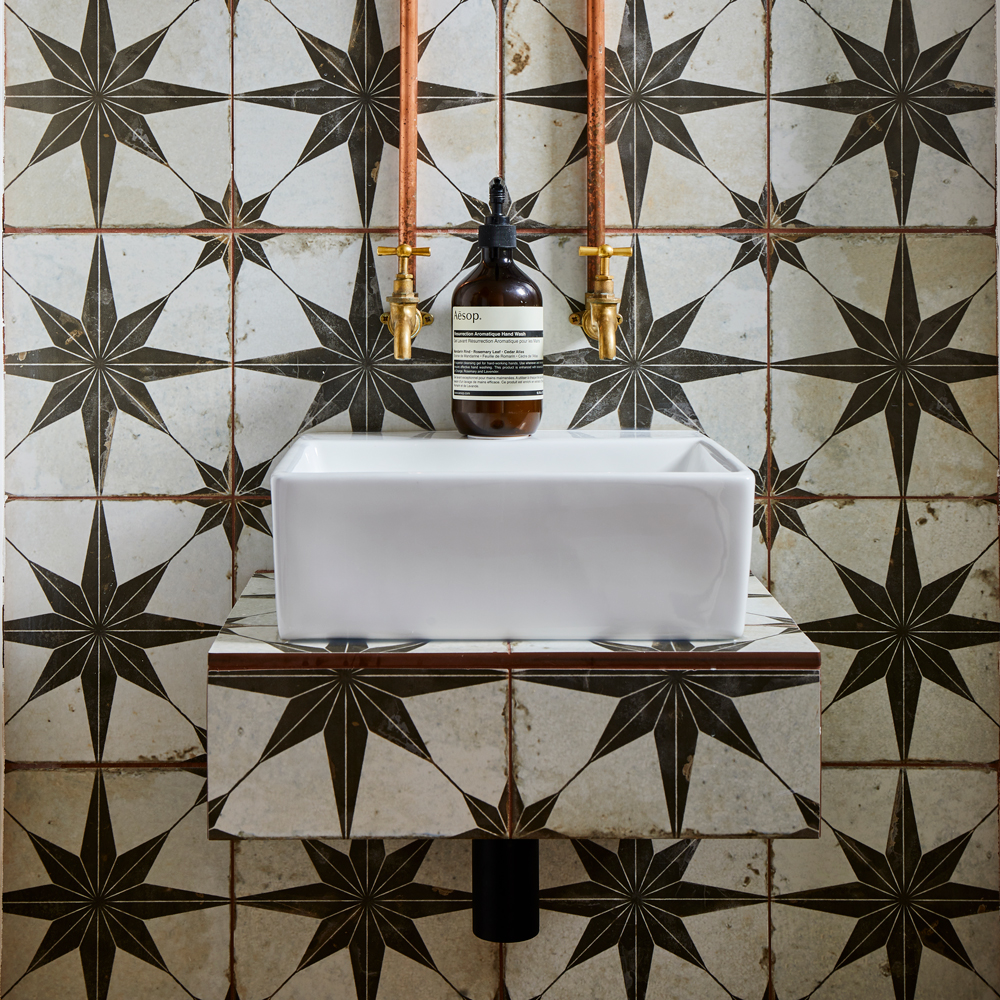
10. Applying the wrong grout colour
'Not only will grout colour affect the final project result, picking the wrong colour could also affect and even damage your tiles,' warns Hamish. 'We recommend using lighter coloured grouts for most products, in particular natural stone, encaustic and terrazzo tiles. Black or bright coloured grouts can cause staining in the natural pores of the tiles.'
When planning how to grout tiles, Hamish advises: 'Ensure you have selected a grout product that is suitable for use with the material of your chosen tile, and desired joint width. We recommend our Resin Cement Colour Grout, which can be used with porcelain and ceramic tiles, as well as glass mosaic, natural stone, marble and composite materials, too.'
Keeping your grout clean will also help tiled areas continue to look their best. Our how to clean grout guide includes all the tips you will need.
Now you know what to avoid to get the best results from your next tiling DIY project.
Get the Ideal Home Newsletter
Sign up to our newsletter for style and decor inspiration, house makeovers, project advice and more.
Tamara was Ideal Home's Digital Editor before joining the Woman & Home team in 2022. She has spent the last 15 years working with the style teams at Country Homes & Interiors and Ideal Home, both now at Future PLC. It’s with these award wining interiors teams that she's honed her skills and passion for shopping, styling and writing. Tamara is always ahead of the curve when it comes to interiors trends – and is great at seeking out designer dupes on the high street.
-
 5 signs you’ve taken decluttering too far — and how you can pull yourself back, according to organisation experts
5 signs you’ve taken decluttering too far — and how you can pull yourself back, according to organisation expertsYou might have to start resisting the urge to purge
By Lauren Bradbury
-
 What is the Party Wall Act 3m rule and is it something you should be worried about? This is what the experts say
What is the Party Wall Act 3m rule and is it something you should be worried about? This is what the experts sayDon't get caught off-guard by the Party Wall Act 3m rule — our expert guide is a must-read
By Natasha Brinsmead
-
 Shoppers can’t get enough of The Range’s lemon tree, but I’ve found an even cheaper bestseller at B&Q - it’s perfect for a Mediterranean look
Shoppers can’t get enough of The Range’s lemon tree, but I’ve found an even cheaper bestseller at B&Q - it’s perfect for a Mediterranean lookWelcome the summer with this glorious fruit tree
By Kezia Reynolds
